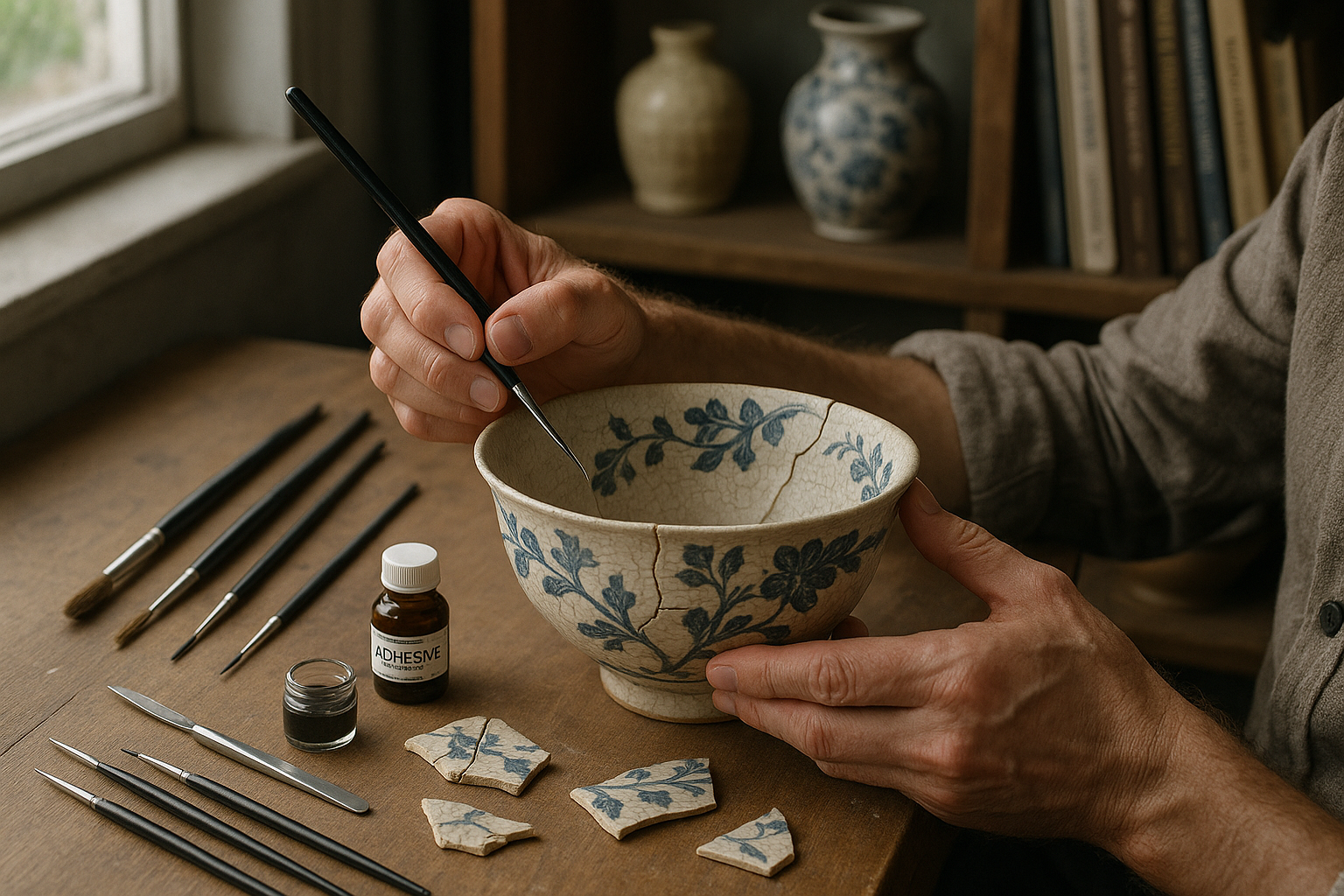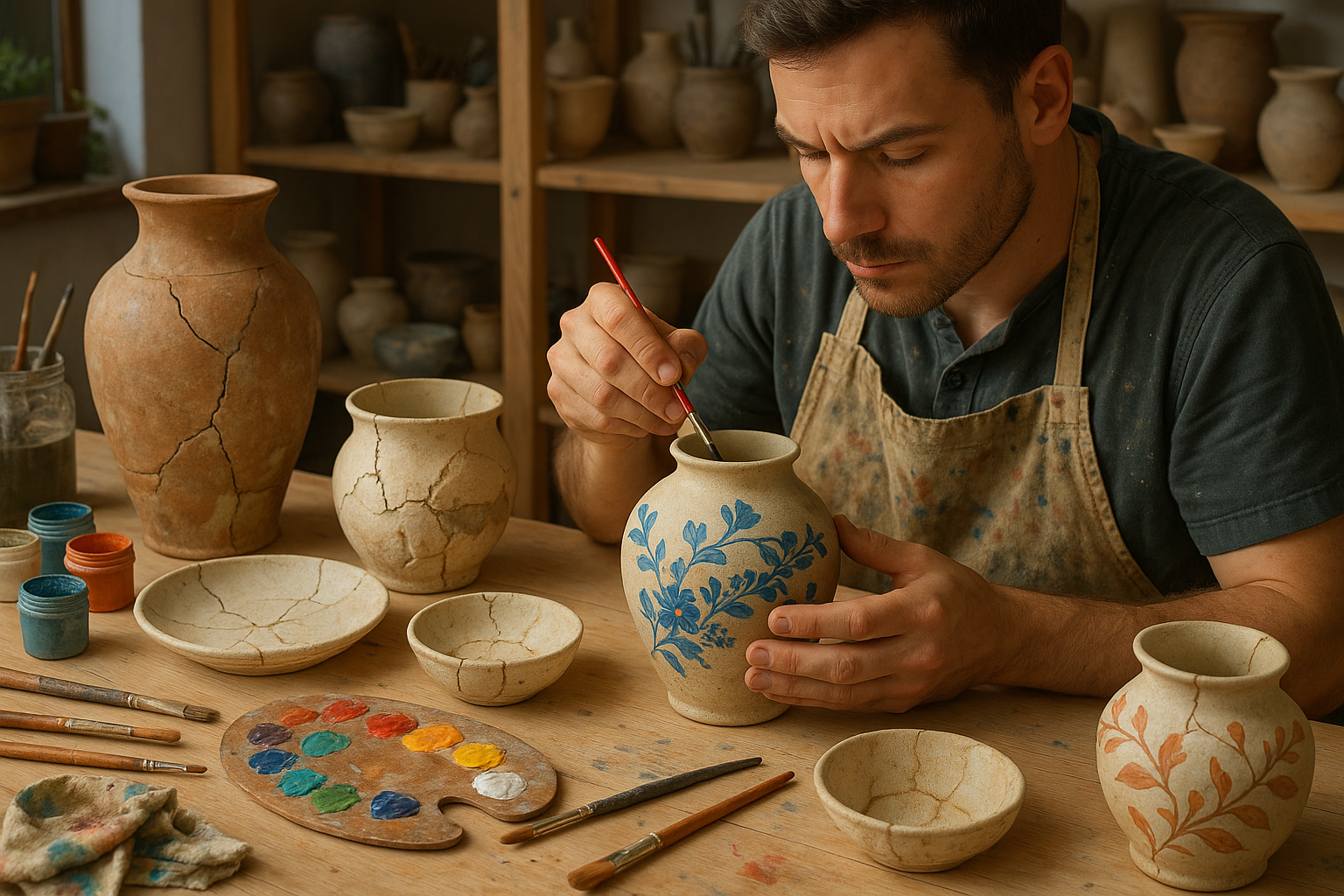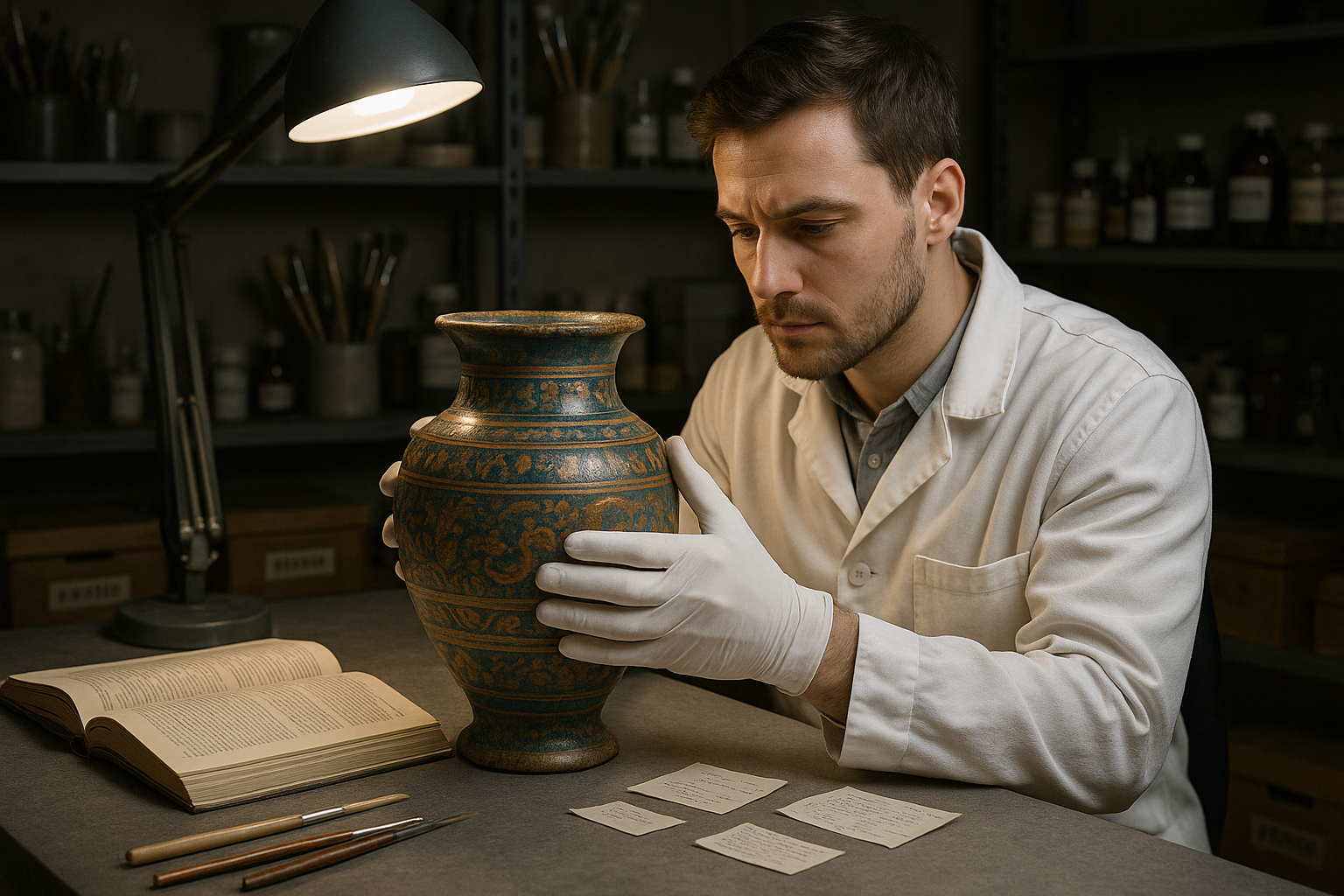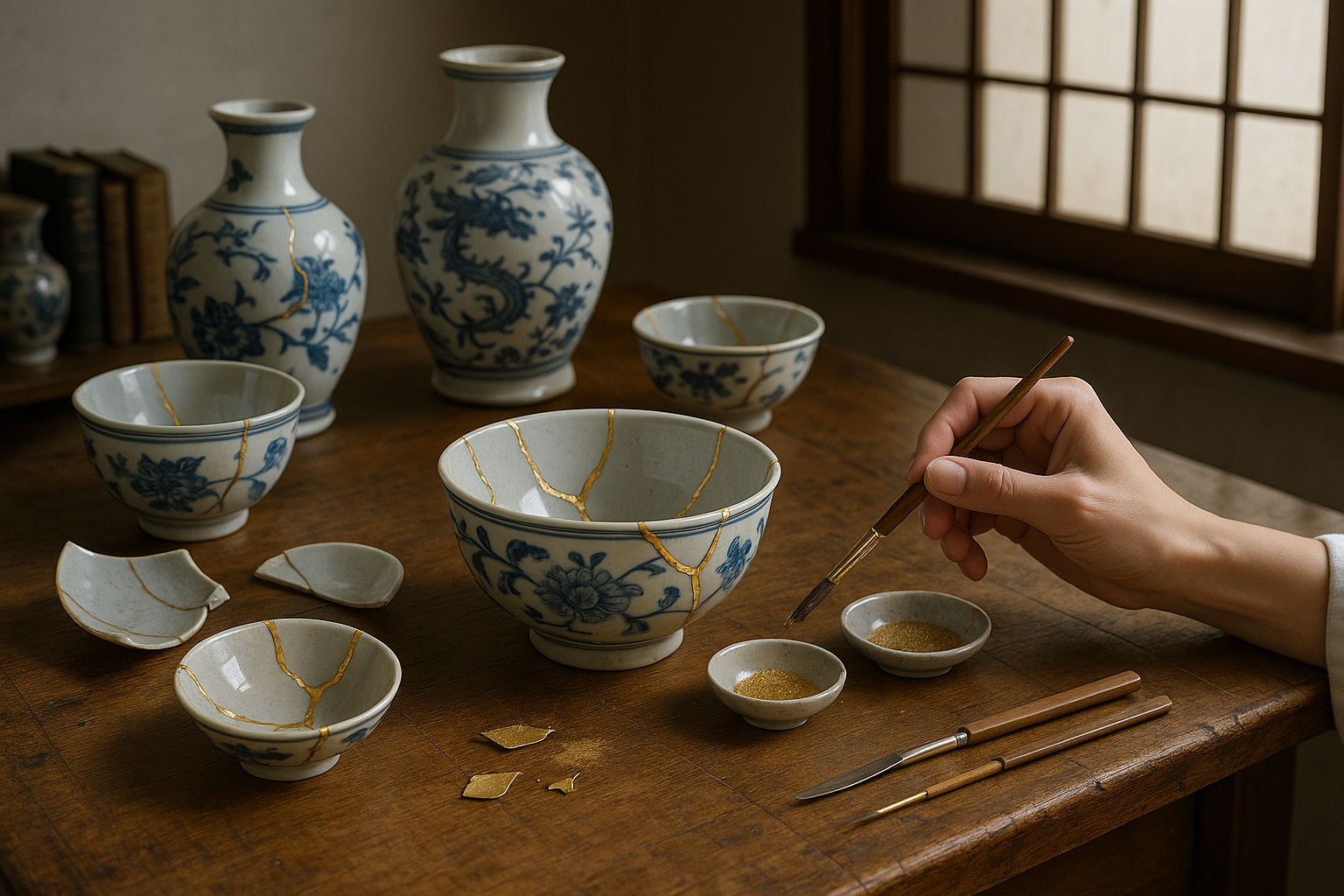Have you ever marveled at the luxurious softness of a silk scarf or a delicate satin blouse and wondered about the secret behind their exquisite texture? 🤔 The magic lies in a critical process known as degumming, an art form in itself that transforms raw silk into the smooth, lustrous fabric we all adore. As you delve into this article, prepare to uncover the meticulous craftsmanship and scientific finesse required to master this technique, which not only enhances the tactile appeal of fabrics but also elevates their overall quality and value.
Silk, often celebrated as the “queen of textiles,” owes its majestic reputation to the intricate processes it undergoes before reaching our wardrobes. At the heart of these processes lies degumming, a step that strips away the sericin, a gummy protein that encases the raw silk fibers. While the term may sound technical, the results are palpably luxurious — silk that’s irresistibly soft and impeccably smooth. Understanding degumming is crucial for anyone in the textile industry or for enthusiasts eager to appreciate the full journey of silk from cocoon to closet.
In this article, we will embark on an exploration of degumming, starting with its historical roots and progressing to the modern techniques employed today. This journey is not just for textile professionals; it’s for anyone curious about the craftsmanship that makes silk one of the most coveted materials in fashion and interior design. As we unfold each section, you’ll gain insights into the chemical processes involved, the environmental considerations, and the innovative methods that are shaping the future of silk production.
The Historical Context of Degumming
To fully appreciate the art of degumming, we must first take a step back in time. The history of silk dates back thousands of years to ancient China, where it was a closely guarded secret. This section will shed light on how early silk producers managed to refine their techniques, ensuring the finest quality fabrics. Understanding the evolution of these methods provides a foundation for grasping the complexities of modern degumming processes.
Modern Techniques and Innovations
Fast forward to today, and degumming has evolved significantly, incorporating both traditional practices and cutting-edge technology. We’ll dive into the various methods currently in use, from the classic water-based approaches to advanced enzymatic techniques. Each method offers its unique advantages and challenges, which we will examine in detail. Moreover, we’ll explore how technological advancements are paving the way for more sustainable and efficient degumming processes, crucial for meeting the demands of eco-conscious consumers.
Environmental Impact and Sustainability
In an era where sustainability is more important than ever, the textile industry faces the challenge of balancing luxury with environmental responsibility. This section will discuss the ecological implications of degumming and the strides being made to minimize its footprint. We’ll highlight some of the innovative practices and materials that are contributing to a more sustainable silk production process, ensuring that this opulent fabric remains a responsible choice for future generations 🌿.
Applications Beyond Fashion
While fashion is undoubtedly a significant realm for silk, its applications extend far beyond clothing. In this part of the article, we will explore the diverse uses of degummed silk in areas such as home decor, medical applications, and technology. The versatility of silk is a testament to the importance of mastering the degumming process, as it unlocks the full potential of this remarkable material.
As you read through this comprehensive guide, you’ll not only gain a deeper understanding of the technical aspects of degumming but also develop an appreciation for the artistry involved. Whether you’re a textile professional seeking to refine your skills or simply a curious reader, this exploration into the world of silk will enrich your knowledge and perhaps even inspire a newfound appreciation for the garments and items you encounter in daily life. So, let’s begin this journey into the silky smooth world of degumming, where science meets art to create the fabrics we cherish.
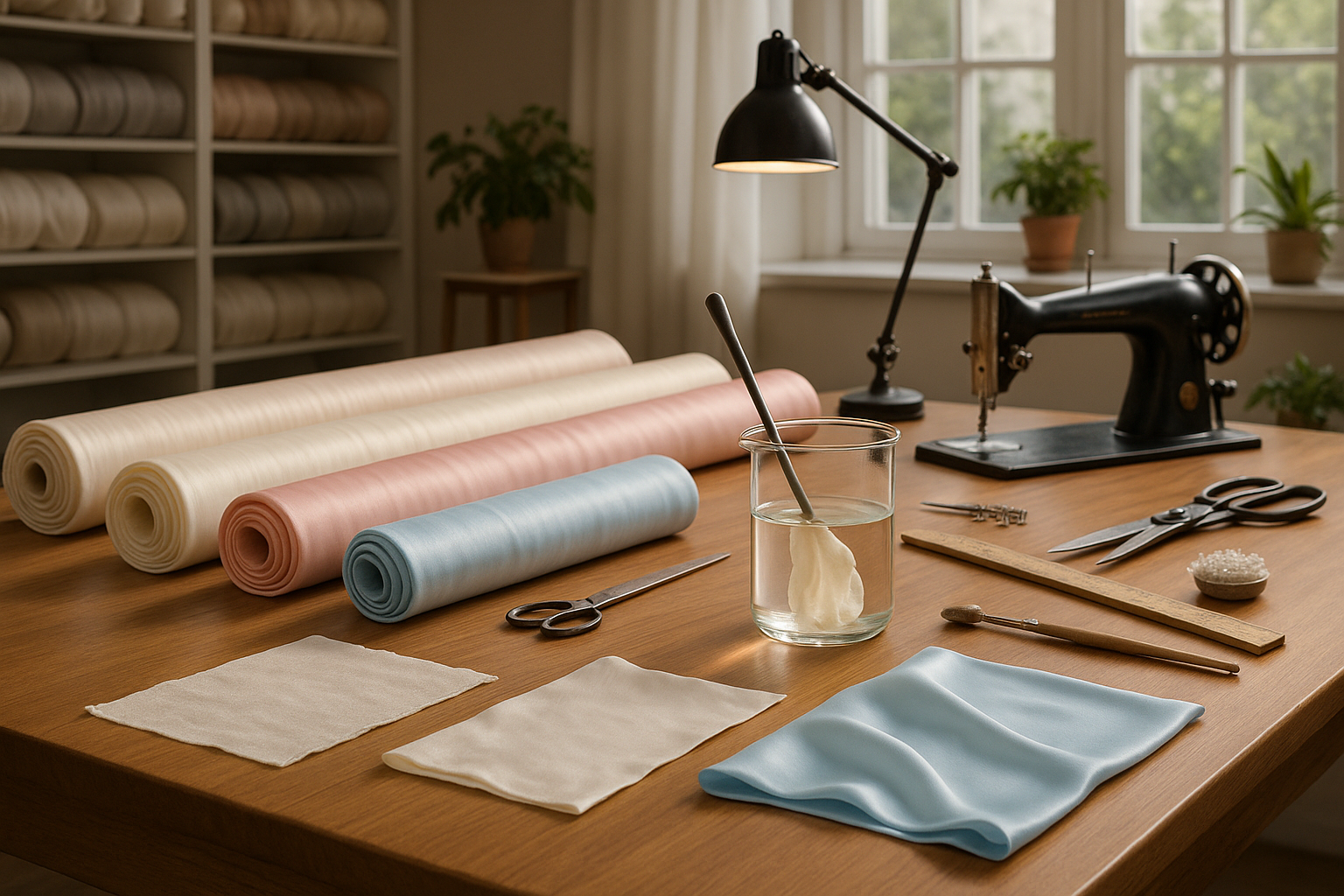
Conclusion: Embracing the Art of Degumming for Luxurious Fabrics
As we wrap up our exploration of the intricate process of degumming, it’s clear that mastering this art is essential for achieving luxuriously soft silk fabrics. Throughout this article, we’ve journeyed through the science and techniques that transform raw silk into the coveted smooth and lustrous material cherished worldwide. Let’s revisit the key takeaways and reinforce the significance of this fascinating subject.
Key Takeaways
- The Essence of Degumming: At its core, degumming is the removal of sericin, the gummy substance that coats silk fibers. This step is crucial for revealing the innate softness and sheen of silk, making it more suitable for a wide range of applications.
- Techniques and Methods: We delved into various methods of degumming, from traditional water-based processes to modern enzymatic techniques. Each method offers unique benefits and challenges, catering to different scales and desired outcomes.
- Environmental Considerations: In our discussion, the environmental impact of degumming processes was highlighted. By adopting eco-friendly methods, such as enzyme-based degumming, we can reduce chemical usage and promote sustainability in the textile industry.
- Economic Impact: Beyond the technical aspects, degumming has significant economic implications. By enhancing the quality of silk, we can add value to textile products, boosting market appeal and consumer satisfaction.
The Importance of Mastering Degumming
Understanding and mastering the art of degumming is more than a technical endeavor; it’s a step towards elevating textile craftsmanship. The knowledge gained in this field not only enhances the quality of silk but also contributes to more sustainable and innovative practices. The ripple effect of these advancements can inspire further research and development in textile processing, ultimately leading to superior products and more environmentally friendly industry standards.
As a reader, your engagement with this topic is invaluable. By deepening your understanding of degumming, you are better equipped to appreciate the intricate craftsmanship behind silk fabrics. We encourage you to apply this knowledge, whether you’re a textile professional, an enthusiast, or a conscious consumer. 🤝
Join the Conversation
We invite you to share your thoughts and experiences related to silk and degumming in the comments below. Your insights could inspire others to explore this fascinating field further. If you found this article informative, consider sharing it with your network to spread awareness about the importance of sustainable textile practices. 🌟
Additional Resources
For those eager to delve deeper into the subject, here are some resources that can offer further insights:
- Textile Today – A comprehensive source for the latest news and research in the textile industry.
- ScienceDirect – Access academic papers and journals on textile engineering and technology.
Thank you for joining us on this journey through the art of degumming. May your newfound knowledge inspire you to appreciate and innovate within the world of textiles. 🌿
Please ensure the links provided are active and relevant to your readers by verifying them before publishing. This conclusion aims to engage your audience, encouraging interaction and application of the insights shared.
Toni Santos is a restoration artist and historical design specialist devoted to reviving the beauty and soul of the past. Through meticulous craftsmanship and a deep respect for heritage, Toni brings antiques back to life—preserving not just objects, but the stories they carry through time. With hands trained in traditional restoration techniques and an eye for age-worn elegance, Toni restores furniture, artworks, artifacts, and heirlooms with precision and reverence. His work reflects a belief that restoration is not correction—it’s conversation between the old and the present. Blending artistry, conservation ethics, and historical research, Toni approaches every piece as a narrative in wood, metal, leather, or fabric—each with scars that speak of eras gone by. Whether repairing a hand-carved chair or reviving a forgotten painting’s vibrance, he respects the integrity of original craftsmanship while honoring its continued life. As the creative force behind Vizovex, Toni shares before-and-after showcases, restoration walkthroughs, and visual essays exploring the techniques and philosophies behind authentic antique revival. His platform celebrates: The timeless value of handcrafted work The quiet artistry of repair and preservation The cultural memory embedded in material objects The delicate balance between age and renewal For collectors, curators, artisans, and lovers of legacy, Toni’s world is an invitation to see restoration not as fixing what’s broken—but as restoring what still lives beneath the dust of time.

